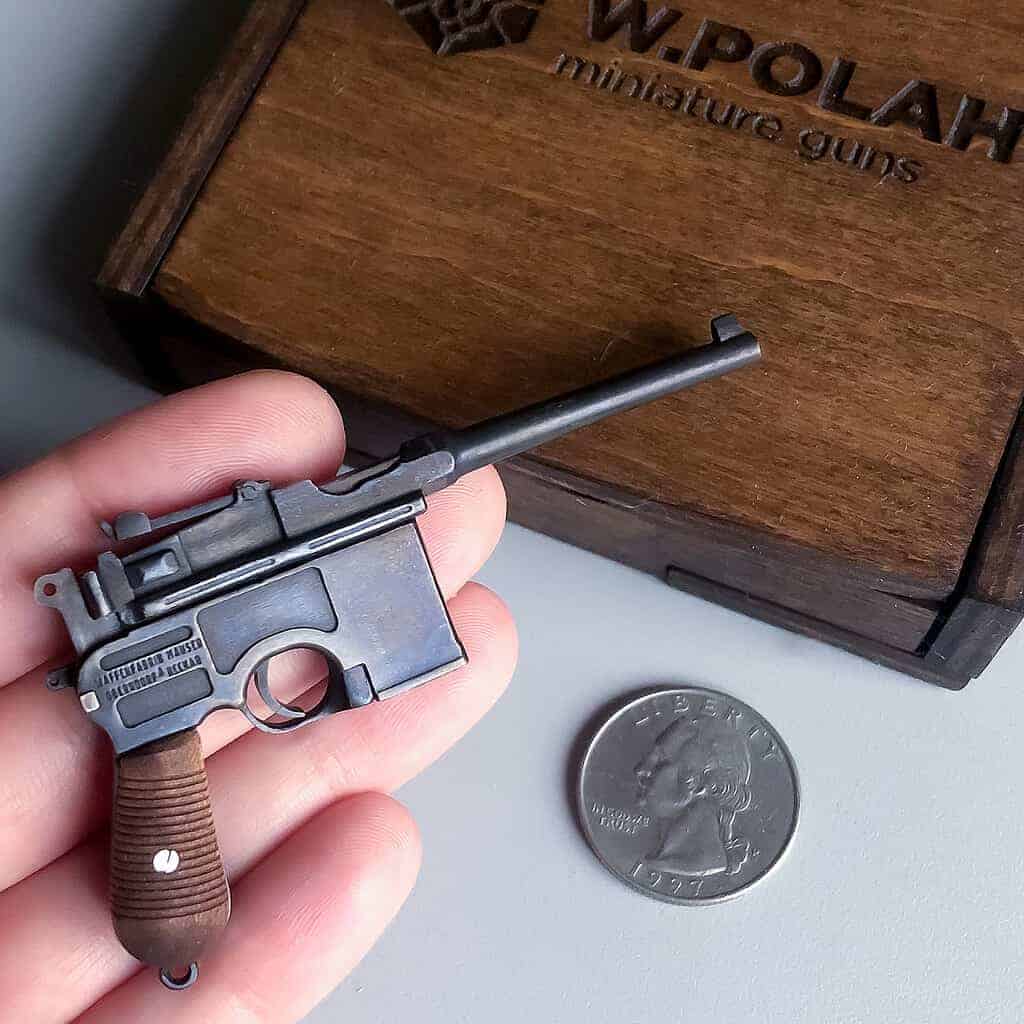Fully Functional Miniature Weapon Models Crafted with Exceptional Quality and a Lifetime Service Guarantee
Papanin’s Mauser: The Ingenious Prank Gun That Tormented a Polar Legend
Based on the story by Mikhail Weller
Step into a tale of resilience, wit, and the harsh realities of polar exploration in “Papanin’s Mauser.” This story revolves around the legendary Soviet polar explorer Ivan Papanin, his trusted Mauser pistol, and the renowned radio operator Ernst Krenkel. Set against the backdrop of the first Soviet expedition to the North Pole, readers are invited to witness the intricate dynamics of survival, leadership, and political intrigue.
This captivating narrative explores the daily rituals and psychological battles these pioneers face on a drifting ice floe. Papanin’s meticulous care for his Mauser becomes a symbol of control amidst the chaos, while Krenkel’s ingenuity and endurance highlight the human spirit’s capacity to endure under extreme conditions. Discover how a simple, clever prank involving the Mauser pistol led to a dramatic shift in the relationship between these two iconic figures and left a lasting legacy in the annals of polar exploration.
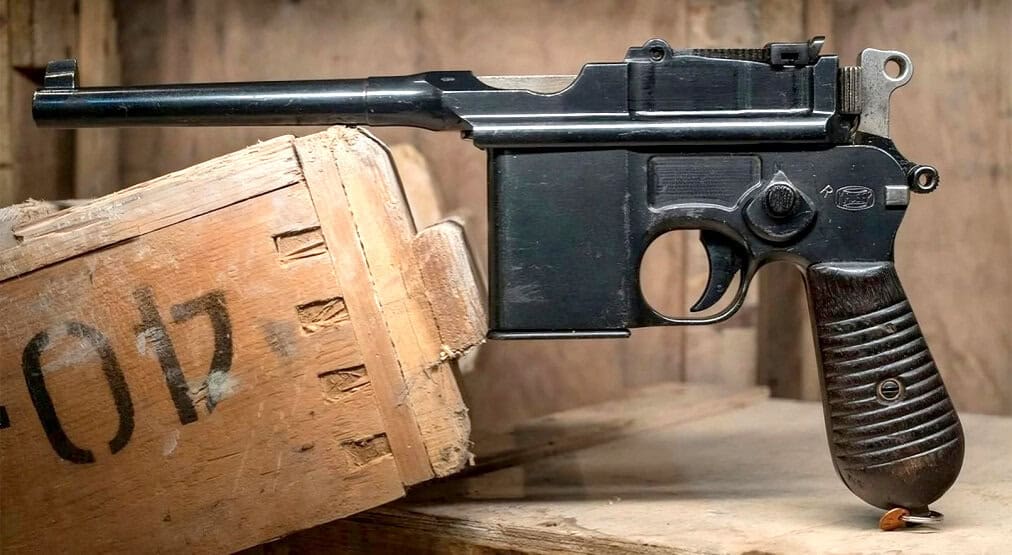
A former church in St. Petersburg now houses the Arctic and Antarctic Museum. Hanging from the ceiling in the hall is the reconnaissance aircraft R-5 of the famous pilot Boris Chukhnovsky. Glass cabinets display models of Captain Sedov’s schooner “St. Foka” and the renowned icebreaker “Krasin,” among other exhibits: documents, photographs, and stuffed polar animals. You can also see a black tent with a white inscription “U.S.R.” and “North Pole-1”.
This is the actual tent where the first Soviet expedition to the pole drifted for six months on a floating ice floe. Through three small portholes, the dimly lit interior of the tent is visible: fur skins, a radio station, a table, and a shelf with books. This is where the legendary quartet of Soviet polar explorers lived and worked.
Next to the tent, personal items belonging to the expedition leader, Papanin, are displayed. Among these items, his Mauser occupies a place of honor.
This tent and this Маузер are associated with a story characteristic of the era.

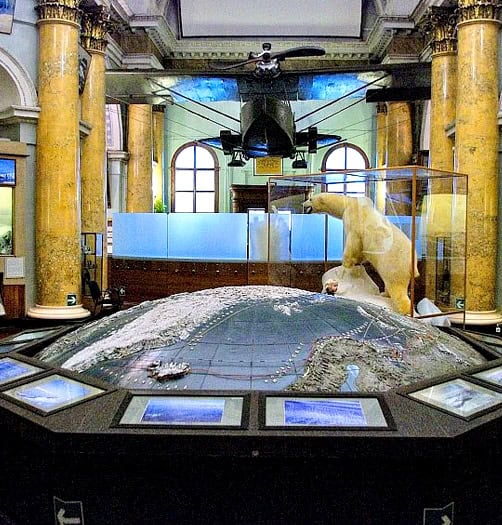
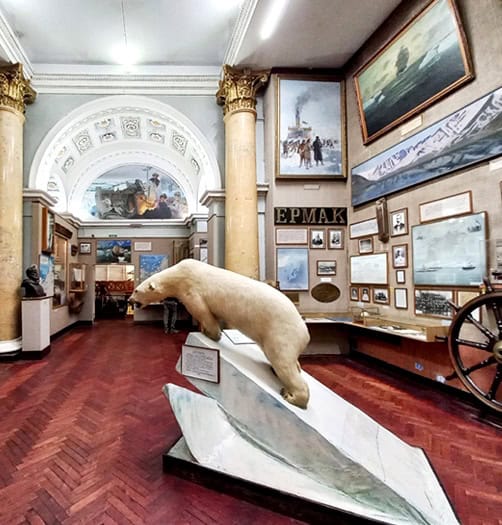
Ivan Papanin was not just the leader of a scientific expedition. He was also the head of the Chief Directorate of the Northern Sea Route. On an ice floe, lost in the polar night thousands of miles away from the USSR, he supervised the political affairs of the other three members of the expedition. Papanin was personally responsible for everything that happened at the North Pole.
The radio operator of the First Expedition was Ernst Krenkel, the most famous at the time and held the title of the world’s best radio operator. There was no one to replace him; he was responsible for the maintenance and repair of the radio equipment.
To his honor, the radio communication was impeccable despite various severe weather conditions. Krenkel’s merits as a radio operator and polar explorer were beyond all praise.
Krenkel made radio contacts four times daily, transmitting data from meteorological and hydrological observations and receiving directives from Moscow. He received confidential political information — for Communists only. Although Krenkel was nonpartisan, he would receive these messages, mark them “top-secret,” and hand the document over to Papanin.
Confidential information had to be discussed at closed conferences. Papanin declared a closed meeting—only members of the Communist Party could attend, and the others had to leave the building.
The others meant Krenkel.
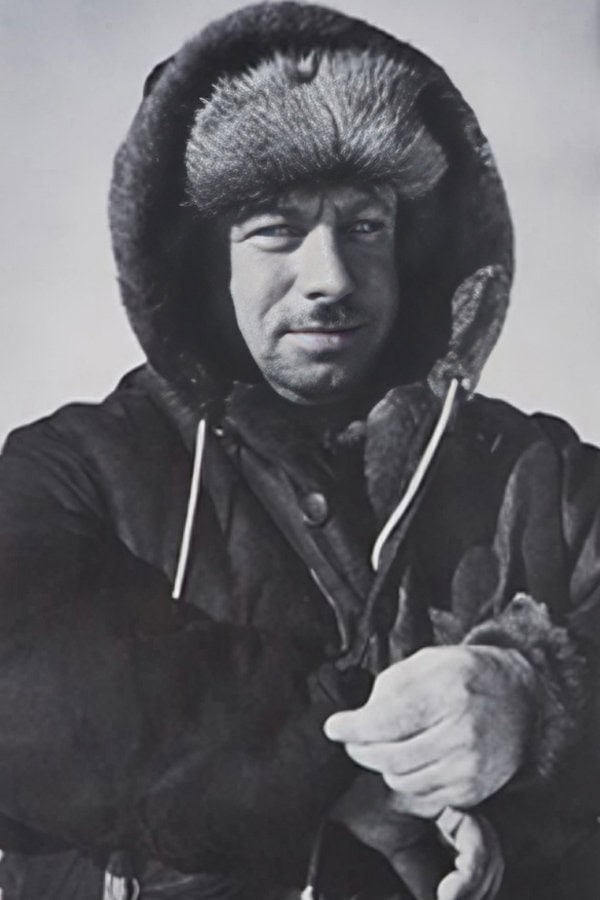
Ivan Dmitriyevich Papanin
soviet polar explorer
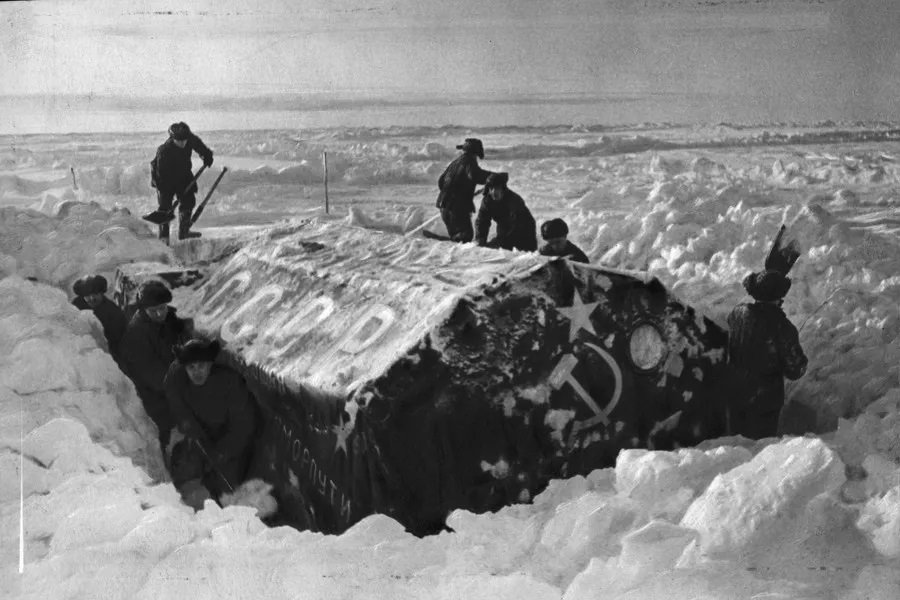
First Arctic Expedition’s Tent in Snow
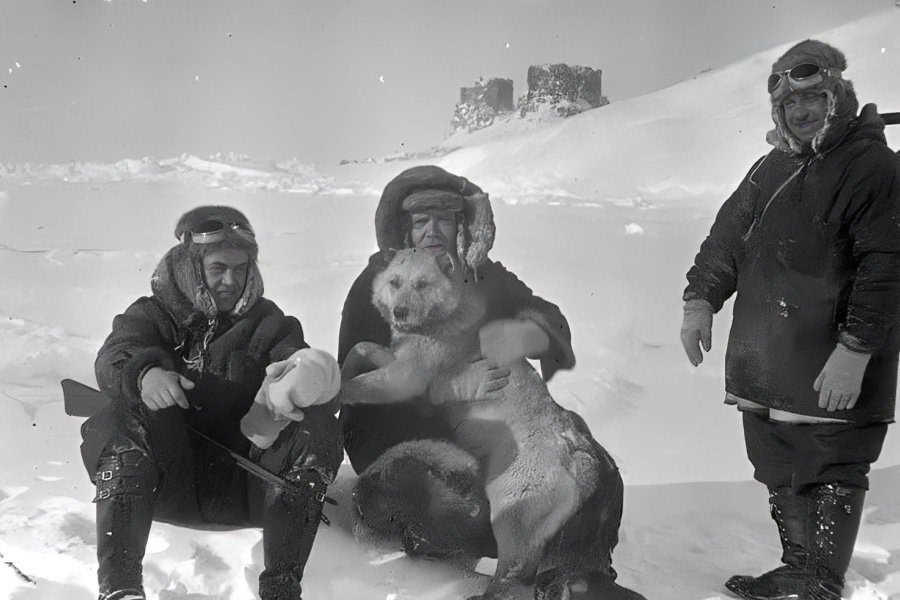
Members of First Arctic Expedition
The only building at the North Pole was a tent.
Krenkel, cursing everything, ran around the tent on the snow, peering through the portholes to see if they were done inside. He rubbed his frozen nose and cheeks, jumped, clapped his hands, counted the minutes, and possibly uttered various words about the communists.
They sat there, listened to the message, took turns expressing their opinions, recorded it in the protocol, voted, and composed the text of their address. In the end, they stood and sang “The Internationale.”
When they finished singing “The Internationale,” Papanin allowed Krenkel to enter and handed him the top-secret message, which Krenkel transmitted via the radio.
Only a person of immense endurance and with a purely German unconditional respect for any rules and instructions could tolerate six months of this cruelty.
Papanin did nothing because he was the commander. Therefore, every day he cleaned his personal weapon.
He would spread a cloth on the table, take out his Mauser from the holster, remove the screwdriver and oil can from the holster case, disassemble his 7.63 mm pistol, wipe it, oil it, reassemble it, click it, insert the magazine back in place, and hang the Mauser back on the tent rack, on its special nail. After, he went to sleep. This daily process became his ceremony.
Gradually, he made the process of cleaning the Mauser more artful. He aimed to surpass himself and achieve incredible skill. He assembled the pistol timed, in the dark, blindfolded, behind his back, and with one hand.
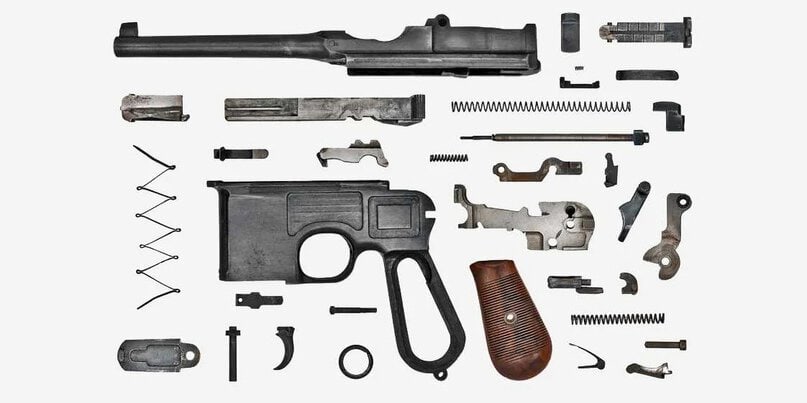
Krenkel was a gentle man, but he hated that Mauser. He dreamed of sinking it into an Ocean, but he well understood the political implications such an act could be given. And to the cheerful sounds of the pistol bolt, he continued to suffer.
Krenkel watched the Mauser, holding his breath. More than anything, he wanted to stealthily steal a part and see how Papanin would react when the Mauser failed to assemble. But it was impossible: in 1938, such an act would be seen as political sabotage – the deliberate damage of the expedition leader’s and party organization secretary’s weapon. Ten years in the Gulag seemed to Krenkel an excessive price to pay for the satisfaction.
He approached the issue from another angle. Entering Papanin’s place during his routine pistol cleaning time, he discreetly tossed a tiny polished metal corner onto the cloth.
Over the next five days, Papanin was highly inadequate.
Imagine his shock when, after assembling the Mauser, he found a part it hadn’t put in place. He disassembled it again and reassembled it with increased attention — but the extra part still remained!
Papanin spent the night assembling and disassembling the Mauser, slowly going mad. The inexplicable puzzle tormented his mind. He was late for breakfast. He jumped up from his seat and returned to the firearm.
The next night, Krenkel heard muted thumps. It was Papanin hitting his head against the table.
Finally, Krenkel showed mercy to Papanin.
“Ivan Dmitrievich,” Krenkel said awkwardly, “don’t worry. Everything is fine. It was just a joke.”
He picked up a tiny piece from the cloth, which was not a part of the Mauser, and put it in his pocket.
For an endless five minutes, Papanin processed what he had heard. Then, with the speed of a machine gun, he began assembling all the parts of the Mauser pistol. When the magazine with bullets was in place, Krenkel quickly ran out, leaving Papanin alone.
Krenkel apologized for a long time without success. Everyone who learned about this story laughed. Papanin was very angry.
Papanin bitterly hated Krenkel for that joke for the rest of his life.
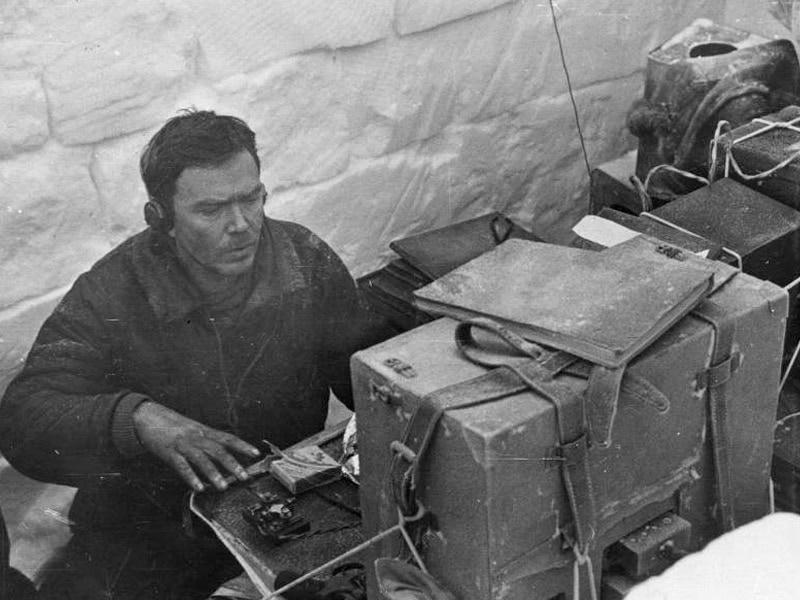
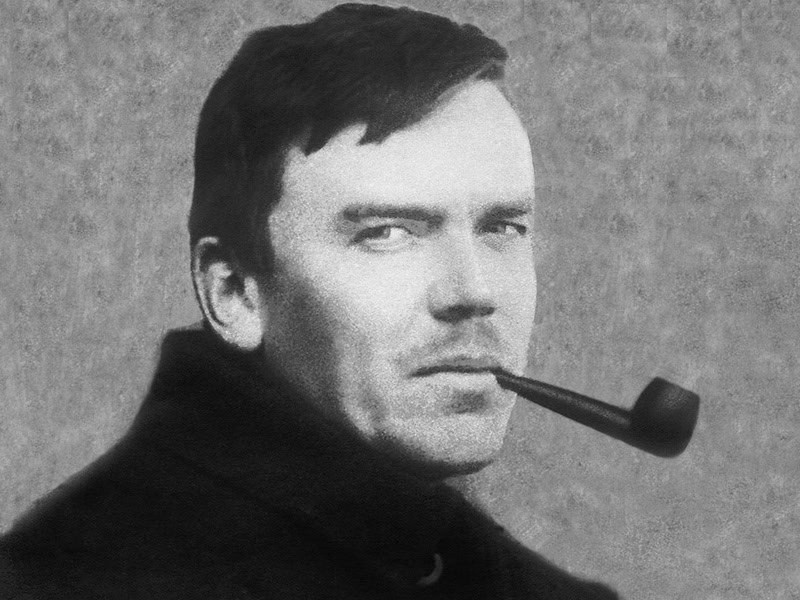
However, Papanin was suddenly healed of his abnormal passion for small weapons. He could no longer bear to see the cursed handgun because it was associated with too many traumatic experiences. Immediately after the ceremony for the expedition members in the Kremlin, Papanin donated his Mauser to the Arctic and Antarctic Museum. That famous pistol is still there, next to the small black tent.
Маузер C96 Black (масштаб 1:4)
The Mauser C96 miniature pistol is a meticulously handcrafted work of art featuring intricate metalwork and elegant wood grips. This functional scale model boasts a cocked hammer and a firing mechanism that springs into action at the touch of a trigger.
Про автора
Мене звати Ольга Полах, і я працюю у виробництві мініатюрної зброї з 2015 року. Я заснувала бренд мініатюрної вогнепальної зброї та з 2016 року веду Instagram-сторінку бренду. Мініатюри бренду користуються популярністю в усьому світі, маючи фанів у 25+ країнах. У 2018 році я стала єдиною власницею бренду та створила велику лінійку мініатюр. Більше 60 моделей мініатюрної зброї з різних історичних періодів було створено. У листопаді 2023 року я дала інтерв’ю Роберту Данну для журналу GunTech, де розповіла про труднощі, з якими я зіткнулася у своєму бізнесі. Також я веду інформаційний бюлетень для клієнтів бренду, який переріс у повноцінний журнал з глибокими статтями, що публікуються на wpolah.com.

Моя місія — зробити життя людей більш радісним, ділячись цікавими фактами про мініатюрну зброю та надихаючи кожного виражати себе.

